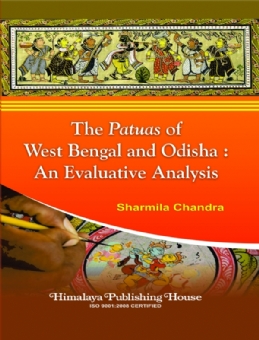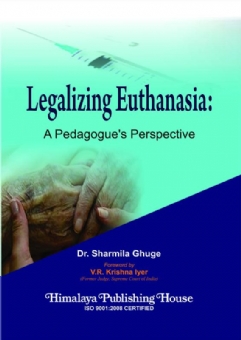The folk painters of West Bengal and Odisha, commonly known as patuas, have drawn much interest from social scientists and art lovers all over the globe for their wonderful works of art and diversified culture. They are regarded as subaltern and have been made outcastes by both the Hindu and Muslim communities. Alienated from the society at large, they remain within their own community, practising customs and rituals of Hinduism and Islam at the same time. Dwelling in a twilight zone, they have adopted a unique lifestyle of their own. Although pata painting is their main profession, these folk painters suffer from acute poverty and identity-crisis and have frequently shifted over to other occupations to sustain themselves and their families.
The book, titled “The Patuas of West Bengal and Odisha: An Evaluative Analysis” discusses the socio-economic changes that have occurred in the cultural scenario and lifestyle of the patuas (folk painters) of these two states over the decades. As case studies, examples have been taken from Kalighat Patuapara in Kolkata, West and East Medinipur districts in West Bengal and Raghurajpur – the Heritage Village of Odisha. The approach is entirely academic and research-oriented. Raghurajpur, in the Puri District of Odisha, presents pata painting in its highest form and was declared a Heritage Village in 2002 for its exquisite artwork. The painters of the Kalighat style have been popular all over the world as the Kalighat patuas. Kalighat Patuapara is known for the antiquity of pata-art. In West and East Medinipur, studies have been conducted in typical patua villages such as Naya, The kuachak and Habichak.
In order to prepare the chapters, the researcher has conducted extensive field work in the above mentioned areas for a period of about eight years. Primary information regarding the past and present socio-economic conditions of these folk painters has been collected through direct interviews. The book highlights the present problems of the patua community and contemporary changes in their lifestyle, with appropriate illustrations. It also attempts to emphasise on and explain the reasons for lateral shift in their traditional occupation. The book provides authentic information about the patuas and their work. Besides, it deals with the origin of the patua community and the historical background of pata painting. An exhaustive bibliography has been provided at the end of the study to suggest materials for further reading. The book will serve as an authentic work for researchers and academicians interested in Cultural Studies. It will also be of immense value to sociologists, art historians, anthropologists and scholars of Cultural Geography.
Contents –
1. Folk Art in India – An Introduction
2. The Study Areas
3. Historical Development of Pata Painting : Case Studies
4. The Stages of Pata Painting : Raw Materials, Equipments Used, Themes, Subjects and Other Related Issues
5. Problems of the Patua Community and Contemporary Changes in their Products – Compulsive or Natural
6. Lateral Shifts in Occupation – A Myth or a Reality?
7. Revival Efforts
8. Proposals and Suggestions for Sustainability
9. Conclusion







